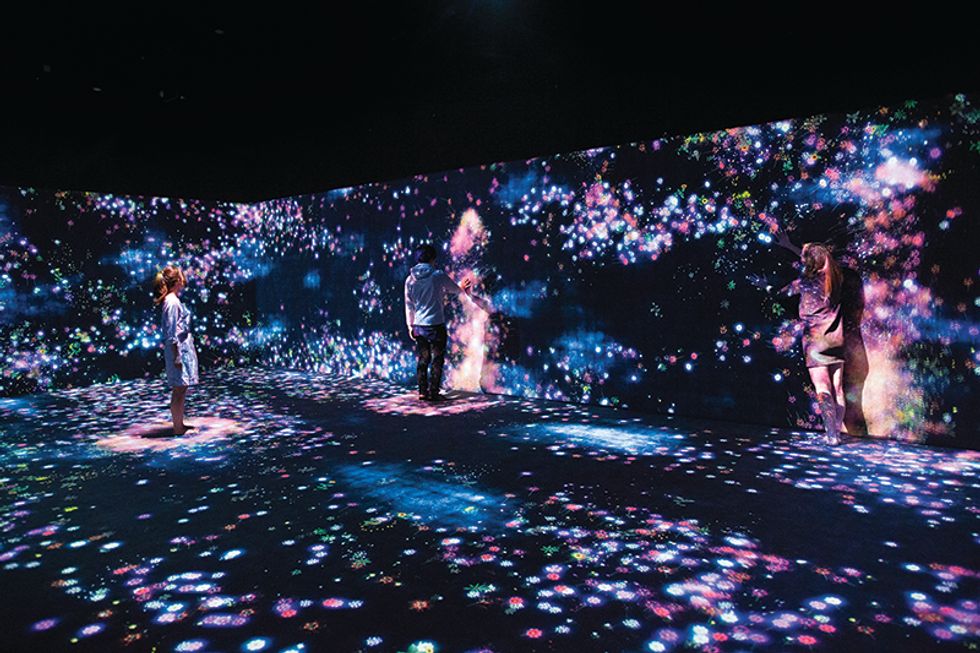Art Education
Rice’s Moody Center bows, with a forward-thinking notion of experiencing the arts and academics together.

With an inventive design intended to stimulate a sense of endless possibilities, Rice University’s just-opened Moody Center for the Arts does exactly that with its robust inaugural season. One of the first such non-collecting art-exhibiting institutions in the world, Moody aims to promote interdisciplinary art.
Pedestrian paths connect Rice’s campus to the $30 million natural-light-filled center, which is free and open to the public. While the iconic structure is itself a work of art — the two-story building designed by Michael Maltzan boasts an amphitheater-style common area and incorporates bold, geometric shapes and a geometrically textured brick façade — the focus on integrating art and academics is not forgotten, with a functional design that offers easy access to studios and classrooms.

The impressive inaugural rundown includes Danish-Icelandic sculpture artist Olafur Eliasson, German photographer Thomas Struth, and American writer-artist Diana Thater. The institute also welcomes its first artist-in-resident, Mona Hatoum, a Palestinian video artist who just exhibited at the Tate Modern.
“We’re honored that so many world-renowned artists will be joining us,” says executive director Alison Weaver, “both to present their work and to use the Moody as we’ve envisioned it: as a platform for creation and interaction.”